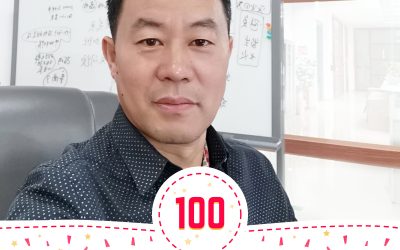LIKE THE CONCEPT? WE NEED YOUR HELP!
Suppliers, if you’d like the chance to anonymously answer questions, we’d love to hear from you.
Have a network?
Help us gather questions by becoming an Ambassador.
Recent Episodes
102. Concluding Crossover Moments: Intention, Inequity, and the Implicit Beliefs Blocking Systemic Transformation
In the final episode of the Crossover Moments mini series, Kim reflects on the key themes that emerged throughout the series. What were the beliefs guests held prior to their "crossover moment"? Why did they decide to let go of these beliefs? What did they replace...
101. Crossover Moments : Ebru Debbag
In this episode, Kim and Jessie are in conversation with Ebru Debbag, the Executive Director of Global Sales and Marketing at Soorty Enterprises Pvt.Ltd. As the daughter of a cotton farmer, Ebru spent most of her childhood running around fields. From a small atelier...
100. Crossover Moments : Bergson Wang
In celebration of Manufactured’s 100th episode, hosts Kim and Jessie sit down with Bergson Wang, a social and environmental compliance auditor (among many other roles) from China. As someone with a diverse career spanning over two decades, Bergson shares his journey...


